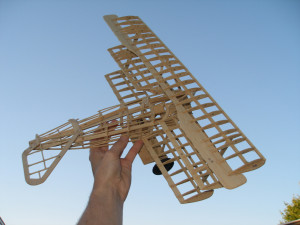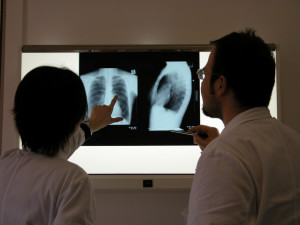 In a very real sense, the world around us is a puzzle. There are so many interconnecting parts, things to understand, and we often don’t really get to see the whole big picture. We focus on our daily lives, finding a job, making sure there is food on the table and laughing with our friends, that we rarely have the time to think about the world around us in a very meaningful way.
In a very real sense, the world around us is a puzzle. There are so many interconnecting parts, things to understand, and we often don’t really get to see the whole big picture. We focus on our daily lives, finding a job, making sure there is food on the table and laughing with our friends, that we rarely have the time to think about the world around us in a very meaningful way.
But we are curious about it, aren’t we? If we weren’t, we wouldn’t spend at least some of our time on the internet, or reading the local paper or perhaps watching the evening news. It is this curiosity that truly drives us and allows us to succeed in life in so many ways. It encourages innovation, experimentation and yes, even the formation of new ideas and attempts at success.
So how can we foster this idea of curiosity, especially in our younger generation? One of the best ways, in my opinion, is to encourage the idea of science, technology, engineering and mathematics, commonly called STEM for short, being an integral part of a child’s education. The reasons are many, and I, of course, could go on about how it’s better for the country to have an informed and capable workforce, how they can earn higher wages over the course of their lifetime but the real reason why I support science in the home and in the classroom is very simple. Science, if done right, encourages and teaches people how to question.
 The idea of science education isn’t just about learning the facts or the physical laws of the universe. It’s also about learning how to look at the world with a curious eye. It’s about discovery, and asking the questions like “what if?” or “why?” or “by what method?” or “does this make sense?” It’s about training the mind to look at what was done in the past and wonder if that is the only way it could be.
The idea of science education isn’t just about learning the facts or the physical laws of the universe. It’s also about learning how to look at the world with a curious eye. It’s about discovery, and asking the questions like “what if?” or “why?” or “by what method?” or “does this make sense?” It’s about training the mind to look at what was done in the past and wonder if that is the only way it could be.
So many of our great thinkers, great contributors made their contributions by not going with the flow, as it were, but by asking questions of the world around them.
People like Einstein, Marie Curie, Alexandar Graham Bell, Benjamin Franklin, Jane Goodall, Rachel Carson and Elizabeth Blackwell, to name a few.
So how can we encourage the younger generation to question, to continue to see the world through the lens of curiosity?
In reality, it really is quite simple in my book. Children will do what they see other people doing. Children idolize their parents, their teachers, the postman delivering mail down the street.
If we want to encourage the understanding of science, the idea of questioning the status quo and help to start making the world a better place, we need to stop accepting everything around us and start looking at things with a fresh and critical eye. We need to become curious again. We need to start asking the questions again, just like we did when we were children.
Why does the air feel different right before it rains?
Is there a better way to get to the office than what I’m taking now?
Why is the sunset so brilliant just after a storm?
What did my block look like before I lived here?
STEM, along with art, music and other studies can help answer these questions, along with so many more. And the great thing is that STEM can also help teach you and your children how to continue the search for new answers and new truths long after the previous answer has been found.
So how about it? What kind of questions are you going to ask today?


